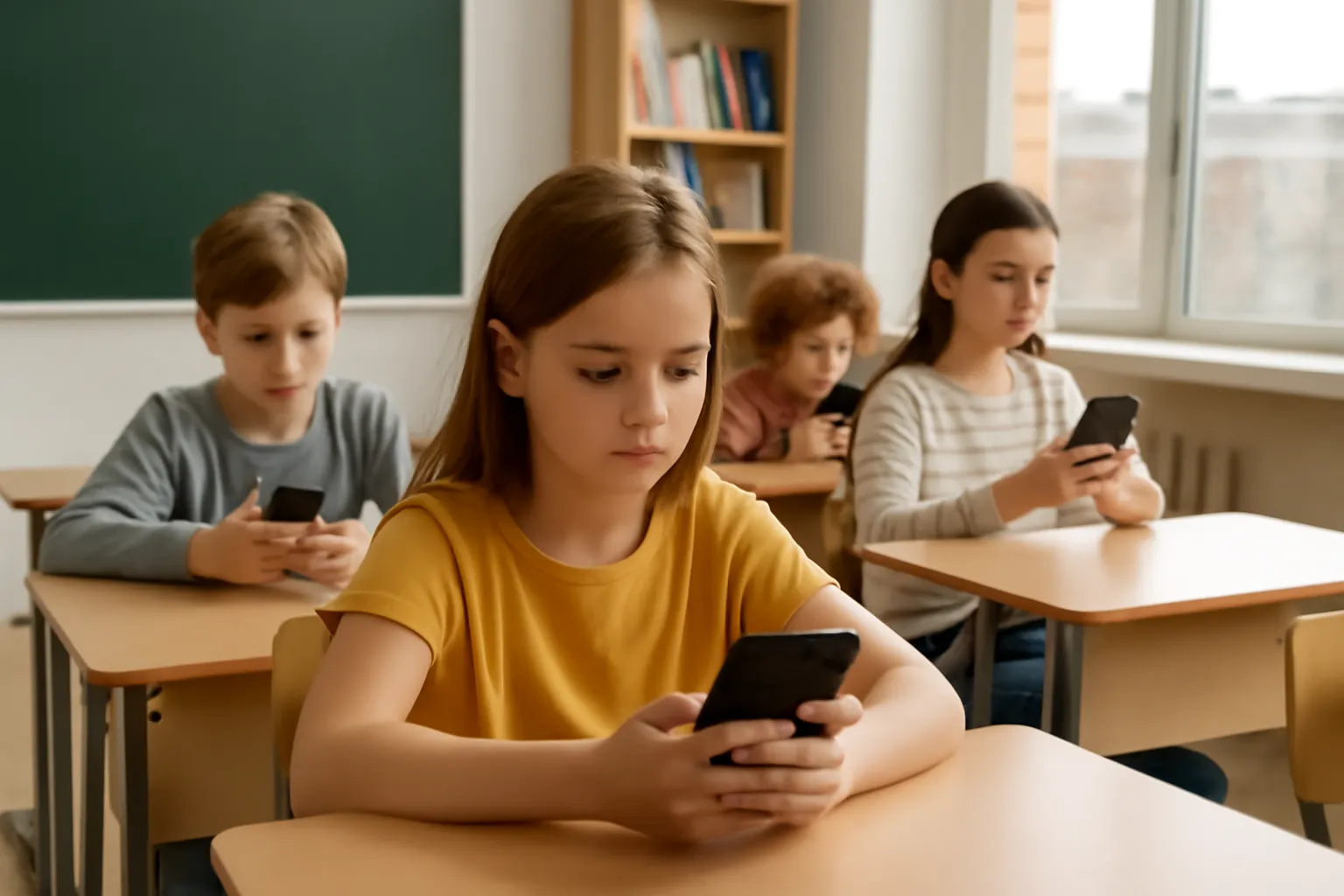Curious about how much time elementary school students spend on their mobile phones? Explore the impact of mobile phone usage on young learners, and find out how it affects their academic performance and social interactions.
Mobile phone usage among elementary school students has become a topic of growing concern for parents, educators, and policymakers. With the increasing reliance on digital technology, it’s crucial to understand how mobile phones influence the daily lives of young learners, especially regarding screen time. In this article, we’ll dive into the subject of elementary school mobile phone usage, its impact, and offer insights into what the average mobile phone usage time looks like for these students.
Elementary School Mobile Phone Usage: A New Reality
In today’s digital age, it’s no surprise that mobile phones have made their way into the hands of children at younger ages. The question remains, though: is this technology beneficial or detrimental to young minds?
Who is Using Mobile Phones in Elementary School?
Mobile phones are now common tools in many elementary school environments. While some students use them primarily for academic purposes, others are increasingly turning to smartphones for entertainment, social media, and gaming. For example, a 2023 study revealed that nearly 60% of elementary school students in urban areas own smartphones. This technology is often used to supplement learning but also provides distractions that can affect their focus and engagement in class.
Why Are Kids Using Phones in School?
For educational purposes, mobile phones can be useful for research, accessing digital textbooks, or using educational apps. However, the desire for entertainment, such as watching videos, playing games, or chatting with friends, can overshadow their educational potential. This becomes problematic when students use their phones during class or outside study hours, leading to issues like procrastination and reduced academic performance.
The Pros and Cons of Mobile Phones for Kids
While mobile phones can offer educational benefits, such as quick access to learning materials and fostering technological skills, there are concerns about their overuse. Excessive mobile phone usage may lead to a decrease in physical activity, poorer sleep quality, and a lack of face-to-face social interactions. Many educators argue that children’s social development is hindered when they substitute real-world connections with virtual ones.
The Average Mobile Phone Usage Time for Elementary School Students
How Much Time Are Students Spending on Their Phones?
The average time elementary school students spend on their phones varies widely depending on age, location, and school policies. Research indicates that children between the ages of 6 and 12 spend, on average, 2-3 hours per day on their mobile phones outside school hours. This time is divided between educational activities, entertainment, and social interaction.
How Does This Compare to Recommended Screen Time Guidelines?
Experts recommend that children aged 6 to 12 limit their screen time to about 1-2 hours per day. However, surveys show that most students exceed this guideline, particularly on weekends. Many parents and teachers struggle to balance the positive use of technology with the potential drawbacks of too much screen exposure.
The Role of Parents and Schools in Regulating Screen Time
In response to the rising screen time among young children, many schools are beginning to implement stricter policies regarding mobile phone use during school hours. Some schools prohibit mobile phones entirely, while others allow them only during designated break times. Parents also play a key role in managing their children’s screen time by setting clear boundaries for when and how mobile phones can be used at home.
Impact of Excessive Mobile Phone Usage on Elementary School Students
How Does Excessive Screen Time Affect Learning and Development?
Excessive mobile phone usage can hinder cognitive development, as students may spend less time engaging in activities that promote learning, like reading or problem-solving. Some studies suggest that students who spend more time on their phones exhibit lower academic performance, as their attention span and focus decline over time. Additionally, mobile phones can be a source of distraction in class, reducing students’ ability to absorb information effectively.
Physical and Emotional Effects of Prolonged Mobile Phone Use
Prolonged screen exposure is associated with various physical and emotional effects, including eye strain, headaches, and poor posture. There are also psychological concerns, as children who spend excessive time on their phones may experience heightened levels of anxiety, depression, and loneliness, especially when they engage with social media. Parents and educators must be aware of these risks and help children establish healthy boundaries around technology use.
Balancing Technology with Healthy Habits
It’s important for students to find a balance between mobile phone usage and other activities. Encouraging children to engage in outdoor play, read books, or develop hobbies that don’t involve screens can help mitigate the negative effects of prolonged mobile phone use. Schools can also integrate digital literacy lessons, teaching students how to use technology responsibly and in moderation.
Conclusion
In conclusion, mobile phone usage among elementary school students is a double-edged sword. While it offers opportunities for learning and growth, it also comes with risks that can impact academic performance, social interactions, and emotional health. By understanding the average time children spend on their phones and the effects of excessive screen time, parents, educators, and policymakers can work together to foster a balanced approach to technology in the lives of young learners.
As we look ahead, it’s clear that technology will continue to play a significant role in education. However, it’s crucial that we guide students to use it wisely, ensuring that they benefit from its advantages without falling prey to its potential pitfalls.






